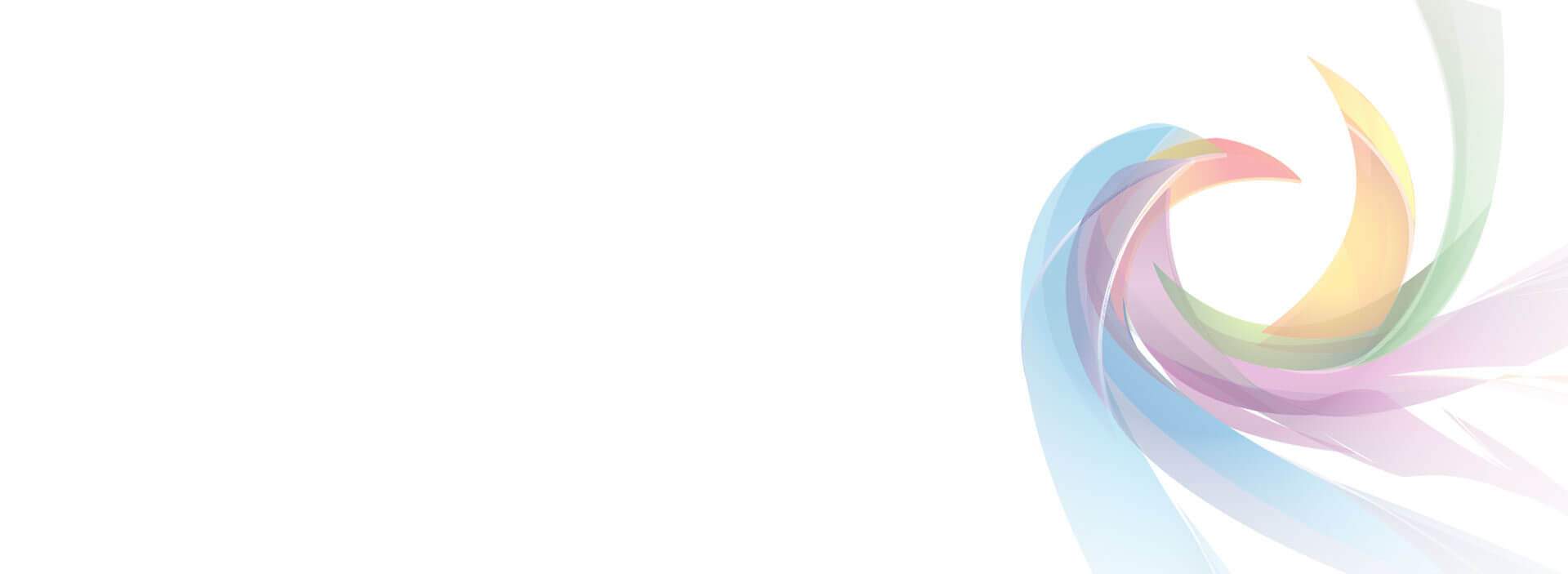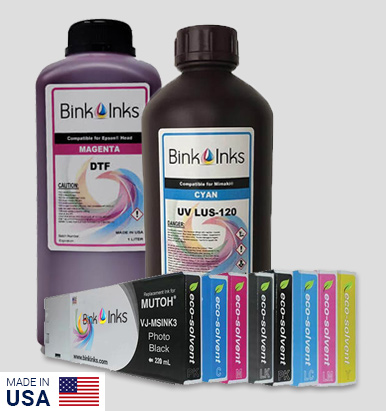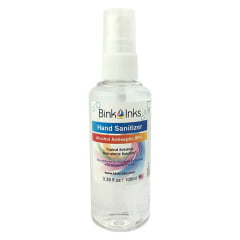No products in the cart.
FAQ’s
A remanufactured cartridge is a recycled cartridge that has been refilled and restored to “like-new” quality. The remanufacturing process is extensive. They are first inspected to insure there are no visible marks or defects. They are then drained of any remaining ink and cleaned.
Cartridges are then refilled, and print tested to ensure quality, and then given a final inspection. If a cartridge doesn’t pass each quality step in this process, it is removed from service.
No. Refurbished usually means an item was originally defective but was reworked by a technician and repaired.
Remanufactured means that the product worked perfectly well for its initial purpose. Then it was been taken apart down to its key components, cleaned, inspected, reassembled and tested for use again. Just because a cartridge ran out of ink, doesn’t mean the printhead and electronics are not still in perfectly working order.
No. In fact, there is legislation in place to prevent this. The manufacturer is not allowed to void the warranty on your printer because you use a non-OEM source for supplies. (Refer to the Magnuson-Moss Act regarding warranties) Don’t be afraid to use your consumer rights. It is illegal for a printer manufacturer to require you to use any particular brand of supplies. An OEM (Original Equipment Manufacturer) cannot void your warranty unless they can conclusively prove that other brands of supplies will damage the machine. To enforce this scare tactic is in direct violation of the Sherman & Clayton Antitrust Acts. Don’t be afraid to show this statement to any service person or OEM representative who threatens your right to choose your own supply sources.
Yes. We offer one of the best warranties in the industry. For more information, please contact us using our Contact Form page.
Head strikes can happen when the print media comes in contact with the print head(s) and they can be caused by several things. If the head height is not set properly to accommodate thicker media, this could cause a head strike, or If there is a strong curl to the media you are printing on this could also cause a head strike as the media surface may be raised inside the printer.
Though more common on a solvent printer, if the media is not loaded correctly the pinch rollers can cause the media to skew or create
waves in the media.
These waves could come in contact with the printhead causing a head strike. So, check the thickness of your media and raise the head height accordingly.
If the media has a strong curl to it, feed the first few inches to avoid the curled leading edge. On a solvent printer, be sure to adjust the heaters according to the needs of the media. Too much heat in the earlier stages of the print may cause the media to buckle. This is especially true with adhesive
vinyl and heat sensitive materials.
Usually when this happens it is assumed that the ICC profile being used is not accurate. Sometimes this is the case. But in other cases, you could have missing nozzles in the printhead. With regular printing and down time (without any cleaning procedures completed), every printer will get clogged nozzles over time.
In some cases, you may have an entire channel clogged and therefore not printing. This would absolutely cause a color shift on your prints as black typically is printed with the process (using Cyan, Magenta, Yellow and Black ink versus only Black ink).
There are different types of banding that one might see in a print. Most people refer to lines in the print as banding. But the appearance of the lines will tell you not only what is causing the banding but also how to fix it. First off, these lines typically appear left to right when standing in front of the printer. Dark lines or white lines are caused by inaccurate feeding of the media being loaded. A standard print-head pass covers 1 inch (8 pass = 8 print-head passes to cover 1 inch of media). If the media is not fed properly the head passes could be overlapping each other or be too wide to line up properly. When the passes are overlapping, this causes dark lines going across the media. When the passes have a gap between them, you will see white lines in the print. This is actually an absence of color! To adjust this quickly and easily, run a paper feed adjustment on your printer. This function comes standard on almost every Epson, Canon and HP printer and is typically performed on the printer console itself.
One other cause for banding is missing nozzles. But deflecting nozzles can also cause banding. Most nozzle prints are in a stair-step pattern when looking at each individual nozzle. Any nozzles you see that are firing but out of this pattern are deflecting. A light cleaning will normally take care of this, but if you find multiple deflecting nozzles in one color (and a cleaning does not correct them) run a small print with a solid color that best represents the nozzles in question. For example, this is most common in the black ink channels so run a small print of solid black and this should correct the firing of the nozzles. This type of banding is usually only noticeable in 1 particular color (dark areas caused by black deflecting nozzles; a red area could be a combination of Magenta and/or Yellow). Examine your prints closely (or with a loupe/magnifier) and you can correct these issues once they arise.
If you notice a loss of detail in shadowed areas or dark areas of your print, first make sure that you have the proper ink load applied. If the media settings are good, it may be time to get a new profile. The ICC profile controls how color is distributed, but it will also smooth out gradients, brighten up darker areas and tone down lighter areas of the print.




